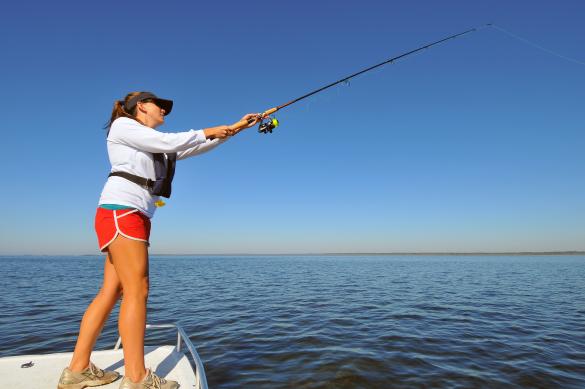The strength of the North American Model for Wildlife Conservation is directly linked to the health of the hunting, recreational shooting, fishing and boating industries. The icons of conservation understood this early in the 20th century when they recognized the need for professional, scientifically-based management of our wildlife resources. Their solution was to place the financial responsibility for wildlife management on those that enjoyed hunting and the industries that benefited from hunting through a combination of hunting license sales and revenues provided through an excise tax on firearms and ammunition sales.
Even back then, those leaders in conservation knew that if hunters and hunting-related industries were given the responsibility for paying for conservation, they would work cooperatively with state wildlife agencies to make sure that there were sustainable wildlife populations and accessible habitats for the pursuit of their passion. This “user pay” concept has become known as the American System of Conservation Funding and is widely recognized as the primary reason for the continued success of the North American Model for Wildlife Conservation.
Over the last 80+ years, this funding strategy for wildlife conservation has been expanded to include excise taxes on pistols and archery equipment. Recognizing a good thing, the state fishery management agencies and the fishing industry mimicked the successful wildlife funding strategy and required sport fishing licenses and established an excise tax on sport fishing equipment which was later expanded to include an excise tax on motorboat and small engine fuels. Today, these two programs are without question the reason that every other nation in the world envies our North American Model for Wildlife Conservation and the strong and reliable funding strategy that supports our state fish and wildlife agencies.
While this American System of Conservation Funding is something that we can all be proud of, it is not something that we can take for granted. For the funding strategy to continue to support the great work of the state fish and wildlife agencies, we must have hunters, anglers, recreational shooters and boaters who are buying hunting and fishing licenses and buying new equipment. If that happens, the industries will continue to pay excise taxes, there will continue to be places for us to hunt, fish, launch our boats and enjoy recreational shooting. If that doesn’t happen, the reliable funding source that is supporting the North American Model will begin to fade.
The excise tax revenue reporting for the current fiscal year should be a wake-up call to the wildlife conservation community. When these numbers are considered in combination with the recent trends we saw from the National Survey of Fishing, Hunting and Wildlife Associated Recreation, and the age demographic information that is showing up in our license sales data, the importance of focused efforts on hunter and angler recruitment, retention and reactivation cannot be overstated. While the natural tendency during times of constraining budgets might be to pull back and focus only on the basics like on-the-ground fish and wildlife management activities, we must not lose sight of the importance of growing our customer base and of ensuring the business health of our industry partners. Every new hunter, angler, boater and recreational shooter we recruit will provide license revenues, but more importantly, those new recruits will buy equipment that will generate excise taxes that will ensure that our state fish and wildlife agencies can take care of those important on-the-ground management activities.
